Toyota's C-HR set hearts a-racing and tongues a-wagging when it launched here a few years back. Here was a super-stylised compact that wowed the crowds, and it rattled the cage of the mini SUV market, good and proper... but since then, as with all things, the small SUV pack has moved on and improved.
But the C-HR has too. It now has a freshened up look with a new front end, new wheel design, and Apple CarPlay and Android Auto.
So, is the C-HR worth your consideration? We test-drove a Koba-grade C-HR for seven days to find out. Read on.
Toyota C-HR 2020: Koba (awd)
| Engine Type | Turbo 4, 1.2L |
|---|---|
| Fuel Type | Premium Unleaded Petrol |
| Fuel Efficiency | 6.5L/100km (combined) |
| Seating | 5 |
| Price From | $26,070 - $32,120 |
| Safety Rating |
|
Does it represent good value for the price? What features does it come with?
The Toyota C-HR Koba turbo petrol in all-wheel drive form has a Manufacturers Suggested Retail Price (MSRP) of $36,690. Our hornet yellow test vehicle has the two-tone exterior (read: black roof, costing $450), so total MSRP ends up as $37,140.
As standard it has LED headlights, an 8.0-inch colour touchscreen display with Apple CarPlay and Android Auto, dual-zone climate control, reversing camera, panoramic-view monitor, active cruise control, blind-spot monitoring, lane-departure alert, lane-keep assist, trailer-sway control, and an auto-dimming rear-view mirror.
.jpg)
Is there anything interesting about its design?
It certainly is an eye-catching, urban-centric beast, all streamlined and sloping lines and sharp angles.
The problem is that gung-ho style-based approach comes with heavy trade-offs in terms of practicality. Keep reading, all will be revealed.
.jpg)
How practical is the space inside?
It's sort of practical.
Because this is a small SUV that leans much more towards style than practicality, it follows that its interior is – if I'm being polite – snug; if I'm not being polite: it's smothering.
But it is a premium space and looks good with a plethora of nice touches such as grippy textured surfaces here and there, as well as patterned material on the inside of the doors. There are soft-touch surfaces around the cabin, leather accents with stitching, two-tone colours, gloss piano-black sections, and that tablet-style touchscreen. It's all very nice and impressive but it's a squeezy cabin. (More about that a few paragraphs below.)
.jpg)
Up front, in terms of storage, there is a shallow glove box, small door pockets, cup-holders, plus small trays for your everyday carry gear. The centre console is narrow but at least its lid looks cool.
There's only one USB charging point, almost entirely hidden from view, and a 12V socket.
The cabin feels rather squeezy for passengers, especially those in the back seat. But those back-row seats are comfortable, with adequate all-round room. However it is a spartan space back here: there is a cup-holder in each door arm-rest, but there are no air vents, no USB ports, no fold-down arm-rest Wirth cupholders, no grab handles... you get the idea.
.jpg)
My kids sat in the back row on a few trips and complained that the rear windows were too high and too small – they're correct, as always.
The second row is a 60/40 split fold set-up and fold down.
It feels squeezy everywhere in the C-HR, but in the boot: cargo capacity back there is listed as 318 litres.
The area has a cargo cover and tie-down points.
Overall, the Koba's fit and finish look and feel right up there with its rivals at this price-point.
What are the key stats for the engine and transmission?
The C-HR Koba AWD turbo petrol has a, you guessed it, 1.2-litre four-cylinder turbo petrol engine, producing 85kW at 5200-5600rpm and 185Nm at 1500–4000rpm and a seven-speed automatic CVT.
It's a perfectly serviceable combination, in that it suits an SUV this size well, and is lively enough, without ever yielding sportscar-like performance.
.jpg)
What's it like as a daily driver?
Good.
At 4390mm long with a 2640mm-long wheelbase, it's a generally responsive, little city-friendly SUV. It has a squat on-road stance – at 1565mm high and 1795mm wide – and that 1.2-litre engine has its fair share of liveliness, especially when you give it some enthusiastic encouragement.
There is some turbo lag, as well as fussiness from the CVT before the whole she-bang gets the 1460kg C-HR moving at pace.
.jpg)
Steering – tilt- and telescopically-adjustable – has a nice weight to it and while ride quality is quite firm, bordering on harsh, it is controlled.
The C-HR exhibits nice driving dynamics and it's no surprise really that it's very easy to manoeuvre around town. Turning circle that tops out at a claimed 10.4m.
And, as mentioned, the seats are comfy.
.jpg)
Squeezed styling means limited visibility from inside the C-HR, especially to the rear, but thankfully the Koba has the all-round view monitor and reversing camera to help you see out of your C-HR at low speeds. It also has parking sensors front and rear.
The C-HR rides on 18-inch alloy wheels shod with Bridgestone Potenza (225/50R18) tyres, which are designed for sporty performance and handling. The spare is a space-saver, stored under the rear cargo floor.
What's it like for touring?
Choosing the all-wheel drive version of the Koba should be considered a decision in favour of being able to use more controlled traction at driving speeds in tricky conditions (i.e. heavy rain, snow etc) – so it'll be safer – rather than a decision that will yield performance gains in terms of general driving.
Anyway, the C-HR, any variant, should really only be used for very light off-roading* due to its low ground clearance (137mm off the dirt), 18-inch wheel-and-road-tyre combination, and ordinary wheel travel. Besides. it's not intended for use as anything other than a light-duty AWD. (By "very light off-roading" I mean driving on well-maintained gravel roads and dirt tracks in dry conditions.)
Also, I'd certainly avoid driving the C-HR on any sand, other than very firm-packed sand – and even then I'd probably only do it if I had no other choice.
.jpg)
Having said that, it is a stable and surefooted drive on loose, imperfect terrain.
Because it's more stylish than practical, packing space is limited, so its viability as a touring vehicle is rather limited, unless you're looking at it as a weekend camping SUV for two people.
The Koba's braked towing capacity is listed as 600kg.
It has a space-saver spare tyre, hidden under-floor in the rear cargo area.
.jpg)
How much fuel does it consume?
Fuel consumption is listed as 6.5L/100km. I recorded 7.8L/100km after clocking up almost 400km of mostly on-road driving, with a brief stint on a well-maintained gravel-and-dirt track.
It requires 95 RON premium unleaded and has a 50-litre fuel tank.
Warranty & Safety Rating
What safety equipment is fitted? What safety rating?
The C-HR has a five-star ANCAP rating from testing in 2017.
Safety gear includes seven airbags, AEB (Autonomous Emergency Braking), Toyota Safety Sense (with lane departure alert, automatic high beam, all-speed active cruise control and more), as well as blind spot monitor, rear cross traffic alert, reversing camera, lane-keep assist, trailer-sway control, and an auto-dimming rear-view mirror, and front and rear parking sensors.
What does it cost to own? What warranty is offered?
The C-HR is covered by a five year/unlimited kilometre warranty.
Service intervals are scheduled for every 12 months / 15,000km, and the first four cost $200 each.
.jpg)
Verdict
The C-HR looks nice, feels classy and well put-together and – bonus – it drives pretty well too.
In Koba grade, with AWD, it makes a lot of sense as a urban daily driver with weekend-getaway aspirations for a couple. As long as those aspirations don't lead you up anything tougher than a well-maintained dirt track in dry weather.
This is a city-friendly compact SUV that sacrifices a fair bit of practicality in pursuit of style, but that doesn't bother a lot of people and, besides, you could do a lot worse.
Pricing Guides

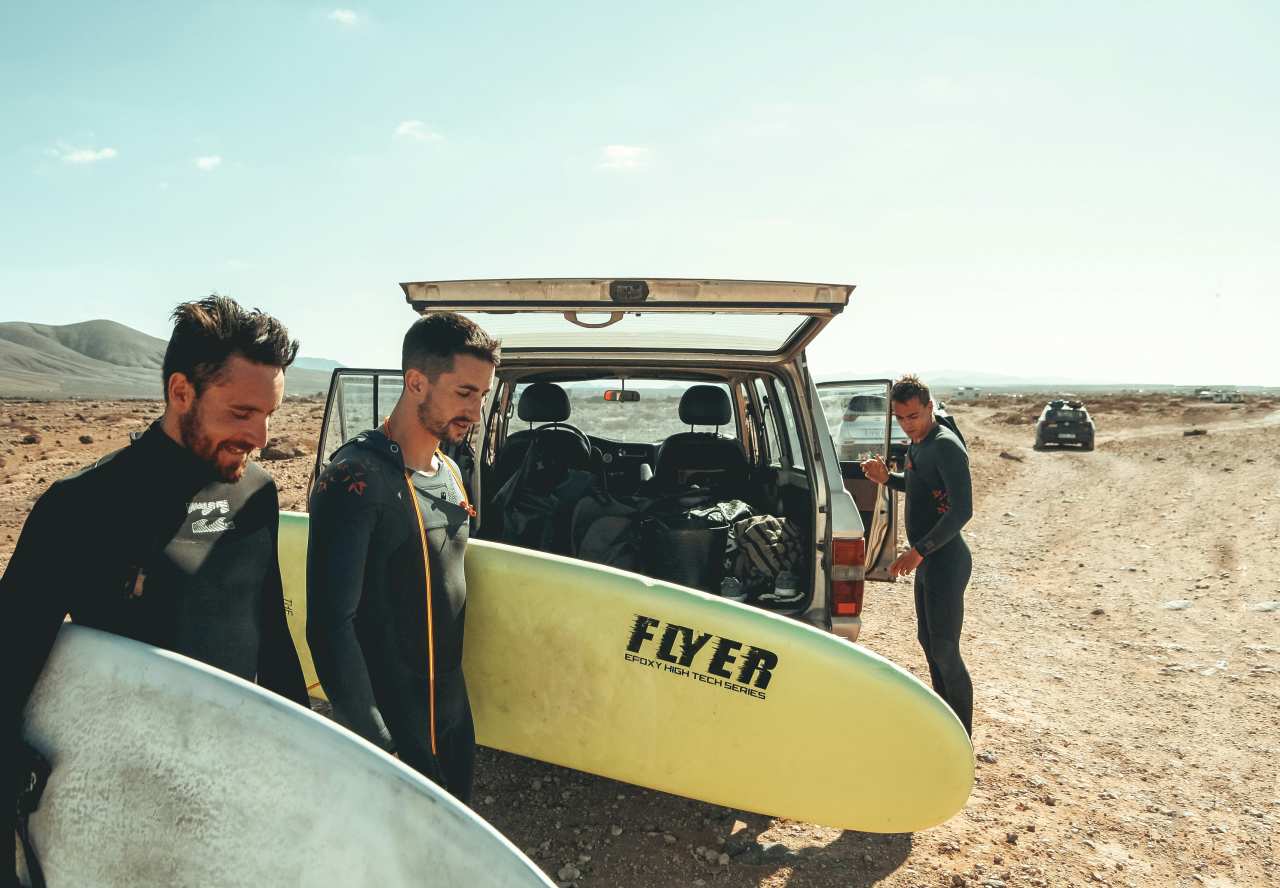
.jpg)

.jpg)
.jpg)
.jpg)
.jpg)
.jpg)
.jpg)
.jpg)
.jpg)


.jpg)

















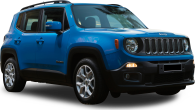









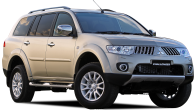


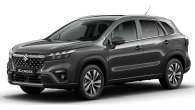

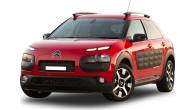







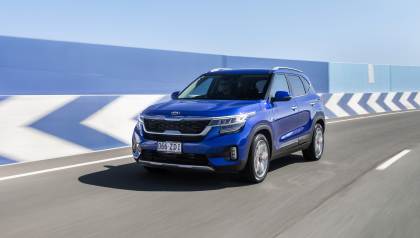
.jpg)
.jpg)
.jpg)

.jpg)
